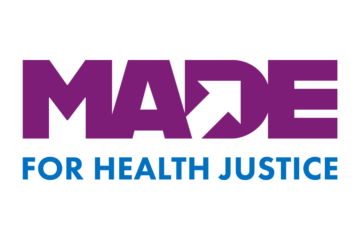A few weeks after I started working at the de Beaumont Foundation, I was talking to a friend about the organization and our focus on public health. That led to the obvious question, “What exactly is public health?” I did my best to answer him, giving several examples and explaining what it is not, and I told myself, “I need a better answer for that.”
It turns out, the entire public health field struggles with that same question – and that’s a problem. If you can’t explain what you do and why it matters, how can you possibly build support and make others care? This lack of understanding is one of the reasons public health is underfunded and underappreciated, even though public health affects every person in the world, every day.
Professors Aaron E. Carroll and Austin Frakt recently wrote an op-ed for the New York Times titled “It Saves Lives. It Can Save Money. So Why Aren’t We Spending More on Public Health?” Citing numerous examples, they write: “Americans spend relatively little money in [public health] and far more on medical care that returns less value for its costs. Instead of continually complaining about how much is being spent on health care with little to show for it, maybe we should direct more of that money to public health.”
But even in this insightful commentary, Carroll and Frakt fall short in defining public health, describing it this way:
Public health “encompasses efforts made to improve the health of a broad population with investments not ordinarily considered ‘health care.’ For example, ad campaigns that encourage better health behaviors – like exercising or quitting smoking. Or efforts to improve housing and nutrition for low-income populations or the quality of air or drinking water for everyone. An obvious success is vaccines. In the 1900s, polio and smallpox were eliminated in the United States. Other diseases – such as measles, rubella, diphtheria – became very, very rare.”
This illustrates the communications problem, because it’s not a clear or compelling description. As with many other attempts to define what public health is, Carroll and Frakt focus on what it is not (health care) and then list vaccines and many other examples (car safety, workplace safety, clean water, and more). Defining public health as “not health care” is similar to the problematic term “nonprofit” – which describes mission-based organizations as “not businesses” instead of explaining what they are and why.
As with nonprofits, part of the challenge is that public health does so many important things. As our CEO Brian Castrucci asks, “We have all the ingredients, but do we know what we’re baking?”
In my next post, I’ll share preliminary findings of new research funded by the de Beaumont Foundation to explore this communications challenge and uncover opportunities to better define and promote public health.




